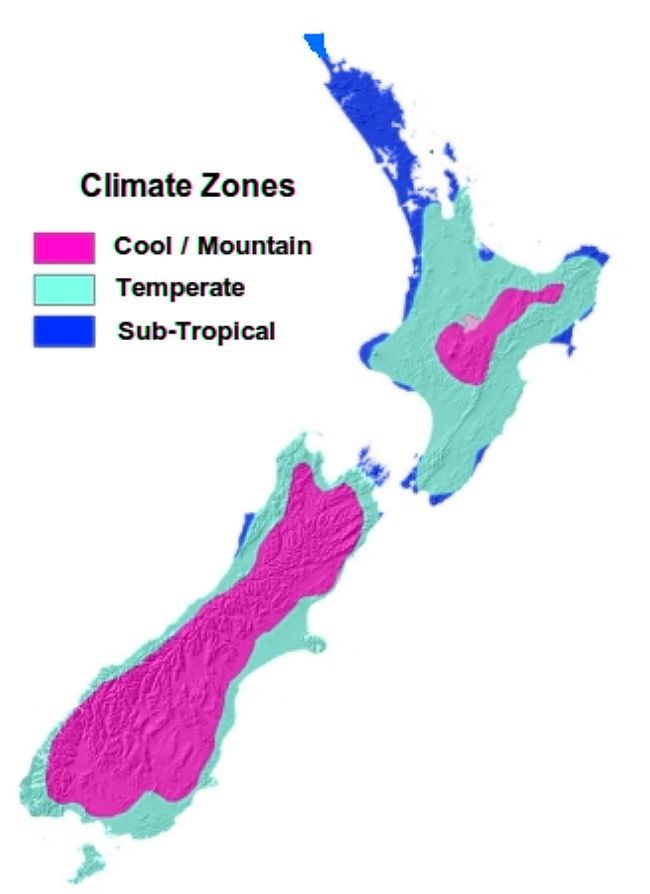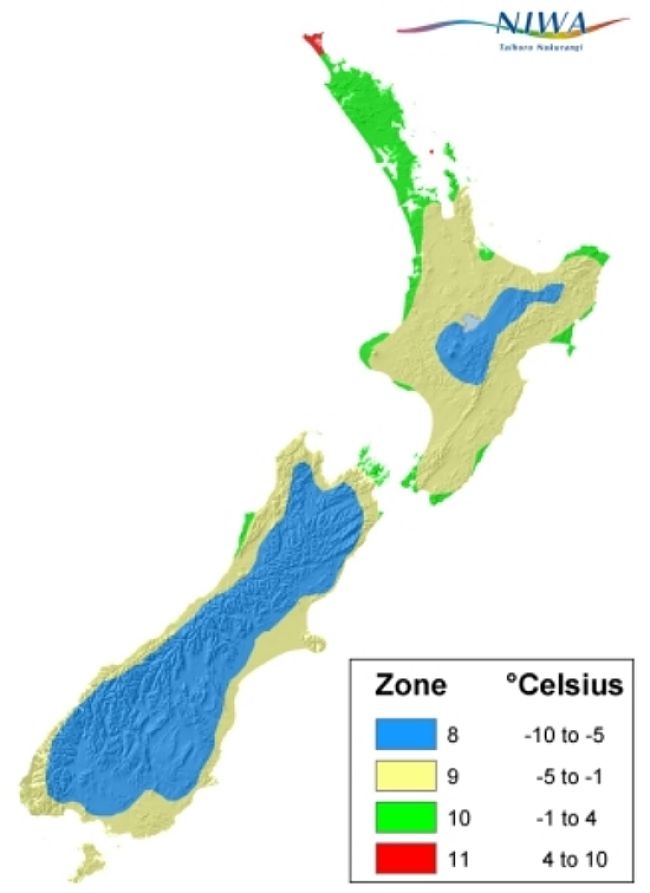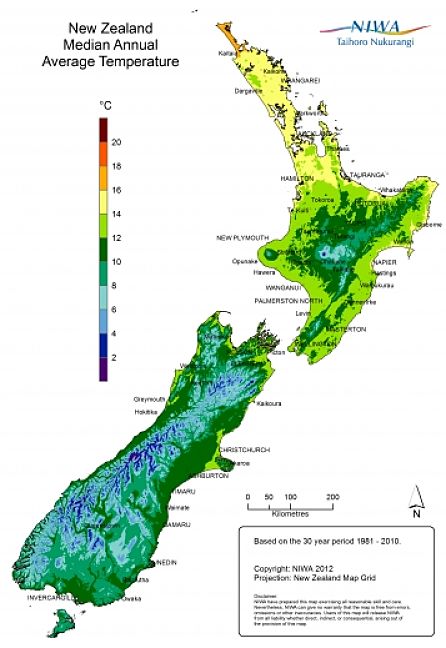Vegetables to Plant in New Zealand
Scroll to Map & DescriptionsSelect your New Zealand Climatic Region
Cool/Mountain Zone Temperate Zone Sub-tropical ZoneSelect your City or Town Nearby
- Akaroa
- Alexandra
- Arrowtown
- Ashburton
- Auckland
- Balclutha
- Blenheim
- Brightwater
- Carterton
- Christchurch
- Collingwood
- Cromwell
- Dannevirke
- Darfield
- Dargaville
- Dunedin
- Eltham
- Featherston
- Feilding
- Foxton Community
- Geraldine
- Gisborne
- Gore
- Greymouth
- Greytown
- Haas
- Hamilton
- Hammer Springs
- Hawera
- Helensville
- Hicks Bay
- Hokitika
- Huntly
- Inglewood
- Invercargill
- Jackson Bay
- Kaikohe
- Kaikoura
- Kaitaia
- Kapiti
- Karamea
- Katikati Community
- Kawerau
- Kawhia
- Kerikeri
- Levin
- Lincoln
- Lumsden
- Manapouri
- Mapua
- Marton
- Masterton
- Matamata
- Milton
- Morrinsville
- Motueka
- Mt Hutt
- Napier-Hastings
- Nelson
- New Plymouth
- Oamaru
- Oban
- Opononi
- Opotiki
- Opunaki
- Otaki
- Otorohanga
- Oxford
- Paeroa
- Pahiatua
- Paihia
- Palmerston North
- Paraparaumu
- Picton
- Pukekohe
- Punakaiki
- Putaruru
- Queenstown
- Raglan
- Rangiora
- Reefton
- Ross
- Rotorua
- Ruatoria
- Russell
- Snells Beach
- St Arnaud
- Stratford
- Taipa Bay-Mangonui
- Taumarunui
- Taupo
- Tauranga
- Te Anau
- Te Aroha
- Te Kuiti
- Te Puke
- Temuka
- Thames
- Timaru
- Tokomaru Bay
- Tokoroa
- Tolaga Bay
- Turangi
- Tuwizel
- Waiheke Island
- Waihi
- Waihi Beach
- Waimate
- Waipawa
- Waipukurau
- Wairoa
- Waitara
- Waipukurau
- Waiuku
- Wakefield
- Wanaka
- Warkworth
- Wellington
- Wellsford
- Westport
- Whakatane
- Whangamata
- Whanganui
- Whangarei
- Whitianga
- Winton
- Woodend
- Woodville
New Zealand Climate Zone Map

New Zealand Climate Zone Descriptions
The Cool/Mountain Zone
The Cool/Mountain zone has cold winters with frosts. Annual mean winter temperatures range from -10 to -5 degrees C. The frosts and cool winters affect when and what to plant in the winter months. The summers are warm in the lower altitude areas.
Distribution: Includes the upland areas of the North Island around Taupo, south of Rotorua. It includes most of the South Island, apart from lowland coastal areas. It includes areas inland of Otago, Canterbury and all the Southern Lakes area.
Towns include: Alexandra, Darfield, Queenstown, Taupo, Te Anau, Wanaka
The Temperate Zone
The Temperate Zone has generally cool and wet winters with occasional frosts. Mean annual minimum temperatures range from -5 to -1 degrees C. Summers are generally warm with cool nights. The narrower temperate range and distinct seasons allows a wide range of vegetables to grow throughout the year.
Distribution: This zone includes most of the central parts of the North Island - Taranaki (except for mountain areas) and also Hamilton. It also includes and the eastern and western coastal areas of the North Island. On the South Island it includes the coastal strip from Nelson, along the West Coast to Greymouth. On the East Coast it includes a large area around Christchurch, including inland lower altitude areas. The zone extends along a narrow coastal strip south from Christchurch through Dunedin to Gore and Invercargill.
Towns include: Dunedin, Christchurch, Hamilton, Napier, Nelson Invercargill, Whanganui
The Sub-Tropical Zone
The Sub-Tropical Zone has generally mild winters, with rare frost in the inland areas. Mean annual minimum temperatures range from -1 to 4 degrees C. Summers are generally warm to hot, particularly along the coast. This climate allows many of the sub-tropical vegetables to be grown in Spring and Summer. The absence of frosts means that tomatoes and other frost tender plants can be sown earlier in the Spring months.
Distribution: Northland and areas around Auckland and to the north. There are also small areas dotted along the coast on the western side of the North Island and around Wellington.
Towns include: Auckland, Dargaville, New Plymouth, Russell, Wellsford, Whangarei
Plant Hardiness Zones for New Zealand
Several people have developed Plant Hardiness Zones for New Zealand based on the USDA classification. Hardiness Zone classifications are based upon the mean annual minimum air temperature for each zone using long term records. See the map below which is attributed to National Institute of Water and Atmospheric Research Ltd (NIWA). For more climate information and maps see NIWA Climate Maps and Information

Mean Annual Temperature Zones for New Zealand
Shown below is a map of the Mean Annual Temperature Zones for New Zealand prepared by NIWA. As you can see the zones closely correspond with the Planting Climate Zones - Cool/mountain, temperate and sub-tropical.

Disclaimer: The PlantWhatWhen vegetable planting guide is only designed for use as a very general reference for home gardening purposes. It is not to be used for farming, markets or commercial activities of any kind whatsoever. We take absolutely no responsibility for the accuracy and adequacy of the information provided on this site. We recommend that you consider your local climate, weather patterns and conditions when deciding what and when to plant in your home garden. It's entirely your own decision. Happy Gardening and Best Wishes!